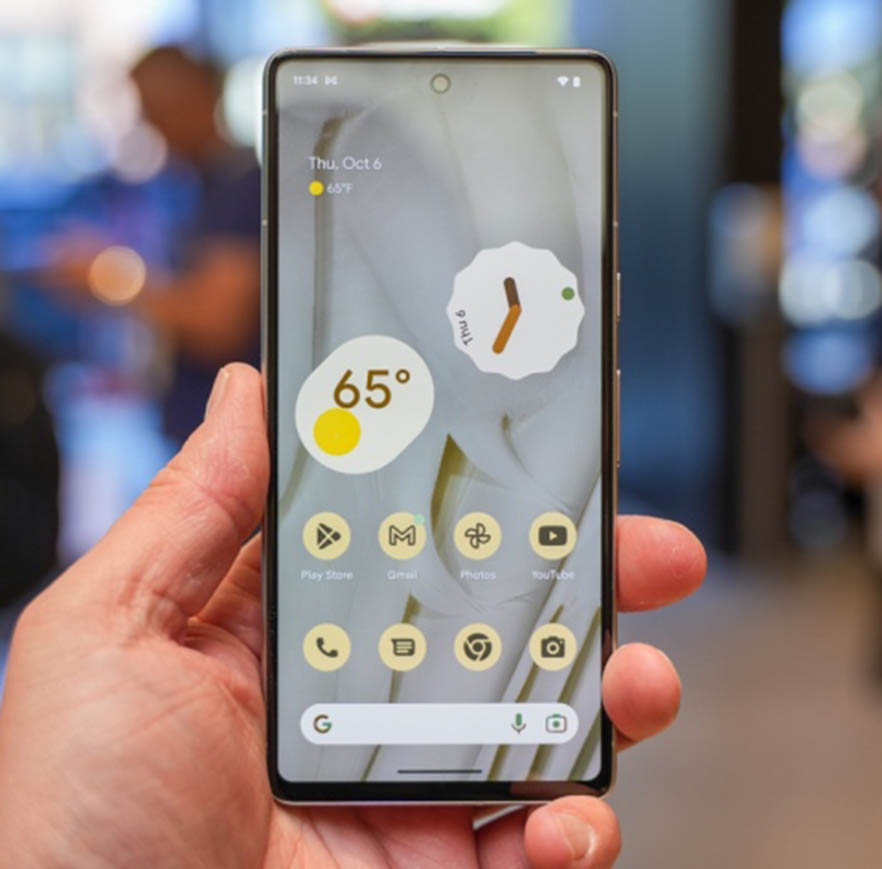Choosing the right mobile phone tariff can often feel like trying to navigate a complex labyrinth. With an array of contract options, features, and providers, it’s no wonder that many of us feel overwhelmed. However, with a little bit of knowledge and some careful consideration, you can easily find the right plan that fits your needs and budget. Here are some crucial factors to consider while comparing mobile phone tariffs.
Deciphering Your Mobile Phone Tariff Needs
Embarking on the quest to find the right mobile phone tariff might seem daunting, but it need not be an insurmountable task. Identifying the perfect mobile phone plan is a highly personalized process, reflective of your unique needs and habits.
- Data Consumption: Assess your typical data usage. Are you an avid streamer of videos, or are you hooked on mobile games that demand substantial data? Or perhaps you predominantly use Wi-Fi, thereby requiring less data on the go.
- Call Frequency: Take into account your pattern of voice calls. Are you constantly on the phone, chattering away with friends and family, or is your call usage minimal and mostly limited to necessary conversations?
- Text Messaging: While instant messaging apps have largely overshadowed traditional SMS, there might be times when you need to fall back on text messages. So, it’s wise to consider this aspect as well.
- International Calling: If you have friends, family, or business associates abroad, consider the frequency of your international calls. These can drastically impact your mobile expenses if not included in your plan.
- Device Preferences: Another critical consideration is whether you’re looking for a tariff that includes a new smartphone, or if you’re content with your current device and merely need a SIM-only deal.
Deciding Between Pay Monthly and Pay As You Go Plans
- Pay Monthly Contracts: These contracts are essentially a subscription service. You commit to a fixed monthly payment for a pre-determined package of services, often comprising a set quota of call minutes, text messages, and data. One of the most attractive aspects of this type of contract is the predictability it offers – you know precisely what you’re getting and what it will cost each month. Often, these contracts come with the perk of a new handset, making them a convenient option for those keen on regular upgrades without the upfront cost. However, the caveat is that you’re usually locked into a long-term contract, typically 12, 18, or 24 months.
- Pay As You Go (PAYG) Plans: A PAYG plan, as the name implies, allows you to pay for your services upfront and use them at your leisure. This approach is akin to a pre-paid plan where you top up your account with credit and each call, text, or data usage is deducted from this balance. The flexibility here is notable – there’s no long-term commitment, you can switch plans or providers whenever you wish, and you have complete control over your spending. This option might be more suited to light or irregular mobile users, those on a tight budget, or people wary of being tied down to a contract.
Understanding What’s Included in a Phone Tariff

When selecting a phone tariff, you must understand what’s included in the package to ensure it aligns with your usage habits and provides good value for money.
- Call Minutes: This refers to the number of minutes you can spend making phone calls. Some plans offer unlimited minutes, while others have a set limit. If you’re someone who makes frequent or lengthy phone calls, it’s essential to opt for a tariff that provides sufficient or unlimited minutes.
- Text Messages: Like call minutes, some tariffs offer unlimited text messages, while others impose a limit. Consider how often you send SMS messages to choose a plan that fits your needs.
- Data: The data allowance is one of the most critical factors for many users today. The amount of data you need depends on your internet usage. Regular streaming, gaming, or large downloads will necessitate a high data limit or even an unlimited data plan.
- Added Perks: Many providers throw in extra benefits to make their packages more attractive. These can include international roaming, free access to certain music or video streaming platforms, complimentary WiFi hotspot usage, and more. Some providers might even include phone insurance in their plans.
- Restrictions and Extra Charges: Reading the fine print is crucial. Some tariffs might restrict data speeds after a certain usage limit, or charge extra for services like calling premium numbers, tethering your device, or using your data abroad. Be aware of these potential charges to avoid unexpected costs.
Contract Lengths in Mobile Phone Tariffs
When evaluating mobile phone tariffs, it’s vital to take contract lengths into account. While longer contracts may offer enticing benefits, it’s crucial to consider your individual circumstances and future needs.
- Commitment and Flexibility: Longer contracts, typically spanning 24 to 36 months, often come with the advantage of lower monthly rates and the possibility of receiving a new handset as part of the deal. However, it’s important to assess your personal situation. Are you comfortable committing to a long-term contract, or do you prefer more flexibility and the ability to adapt your plan according to changing needs?
- Upgrade Frequency: If you’re someone who likes to stay up to date with the latest smartphone releases, shorter contracts might be more suitable. Shorter contract lengths, usually ranging from 12 to 24 months, allow you to upgrade your phone more frequently, enabling you to enjoy the latest features and technologies. This option is particularly appealing for tech enthusiasts who appreciate having the newest devices.
- Changing Usage Habits: It’s essential to anticipate any changes in your usage habits during the contract period. Consider whether your data, call minutes, or text message requirements might increase or decrease in the near future. If you foresee a significant change, opting for a shorter contract might provide you with the flexibility to adjust your tariff accordingly.
- Cost vs. Commitment: Longer contracts often offer lower monthly rates, which can be advantageous for budget-conscious individuals. However, it’s crucial to evaluate the overall cost over the contract’s duration, taking into account any potential price increases or additional charges that may be applicable. This will help you determine the true value of the tariff beyond the initial monthly fee.
The decision regarding contract length is a balance between the benefits of long-term commitments and the desire for flexibility. Assessing your upgrade preferences, anticipated changes in usage, and budgetary considerations will aid in determining the optimal contract length for your specific needs.





